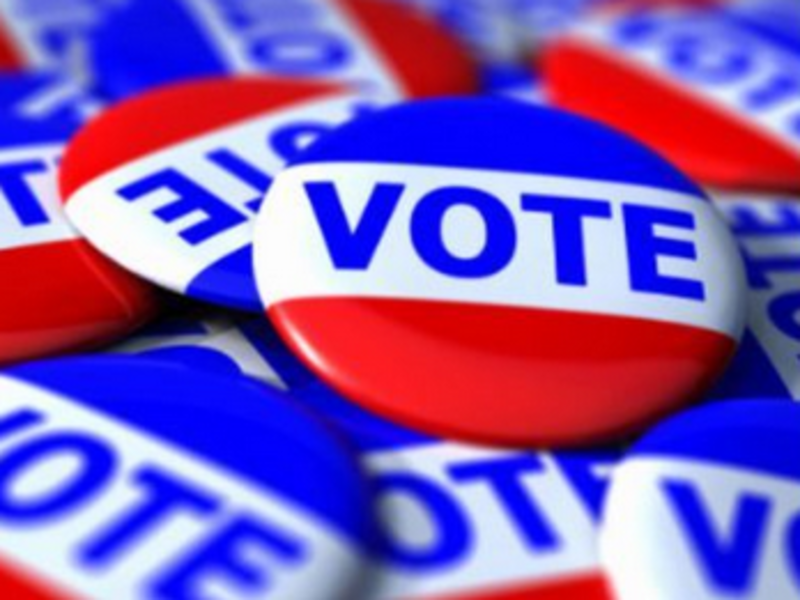The crash of the stock market in 1929 ushered in a new decade known as the Great Depression. While many families were struggling for simply enough money to provide another dinner for their loved ones, education was not a priority of most families. A majority of students dropped out so they could find a job and help provide for their families. The number of students that went to college decreased by half. However the percentage of males that attended college rose because it was easier to get a job with higher degrees of education. Most smaller school towns were forced to close because people were not able to play their property taxes which funded the schools.
Today, there are about 50.4 million students who attend either elementary or secondary school. Oh how times have changed!
~Ally
Websites used:
http://www.livinghistoryfarm.org/farminginthe30s/life_21.html
http://www.ushistory.org/us/48e.asp
http://nces.ed.gov/fastfacts/display.asp?id=372



